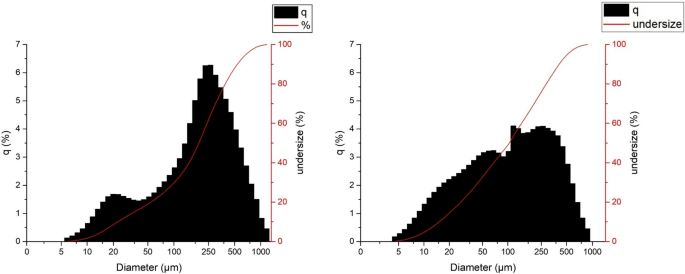Effect of thermal modification of wood particles for wood-PLA composites on properties of filaments, 3D-printed parts and injection moulded parts
Abstract
This paper describes the development and characterisation of wood-filled polylactic acid (PLA) composite filaments for application in fused filament fabrication three-dimensional (3D) printing. Four different wood-polymer composite filaments for 3D printing were prepared, and specimens were 3D-printed with the obtained materials. The composite filaments consisted of wood particles (10% or 20% mass ratio) and a PLA polymer matrix. Wood particles were prepared by grinding and sieving non-modified beech wood and thermally modified (TM) (at 200 °C) beech wood. Thermal modification of wood affected particle preparation and smaller particles with lower aspect ratios were obtained. Filaments with TM wood particles were extruded better than with non-modified wood particles, with lower surface roughness and lower porosity. With a higher wood ratio, the surface roughness and porosity of the filament increased. Non-homogenous filaments also affected extrusion in 3D printing and reduced the properties of 3D-printed parts. Parts 3D-printed from filaments with TM particles had better tensile strength than from filaments with non-modified particles, but were lower than from pure PLA filaments. The tensile strength of the injection-moulded specimens was 18–69% higher than that of the 3D-printed specimens, depending on the filament composition. The results indicate some positive effects of thermal modification of wood particles on the properties of filaments and 3D-printed parts. Nevertheless, further optimisation of particle preparation and extrusion parameters is needed to obtain quality filaments with this size of wood particles.


 求助内容:
求助内容: 应助结果提醒方式:
应助结果提醒方式:


